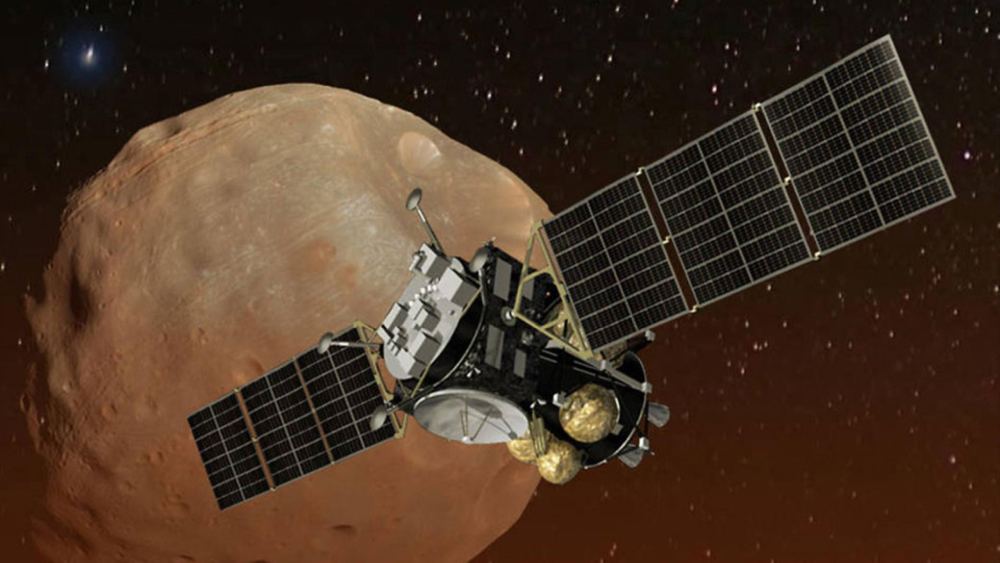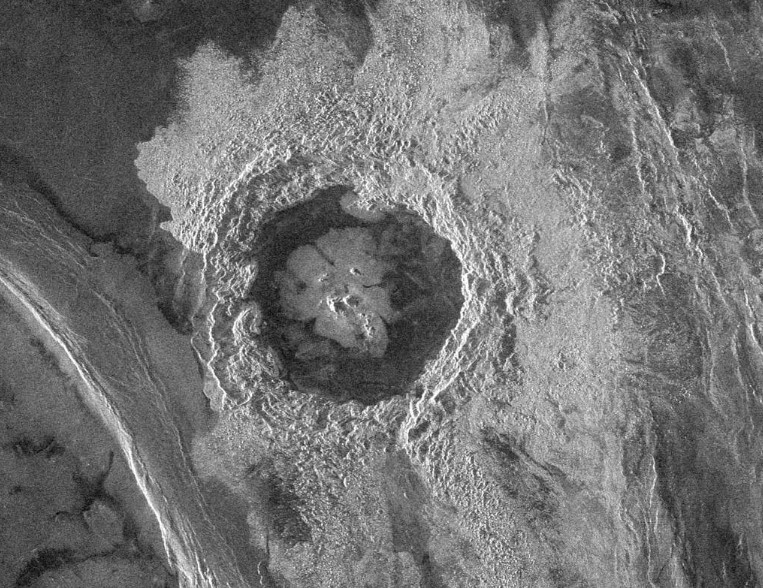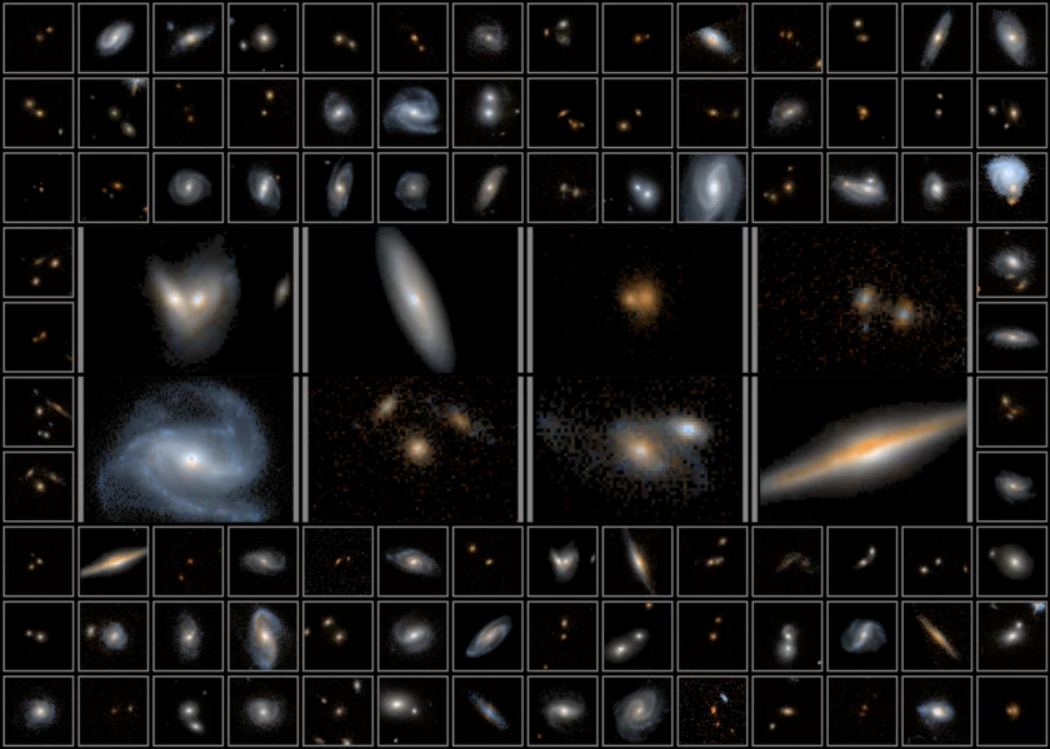A couple of years ago, Betelgeuse generated much interest when it started dimming. That caught the attention of astronomers worldwide, who tried to understand what was happening. Was it about to go supernova?
Evidence showed that dust was the most likely culprit for the red supergiant’s dimming, though there are still questions. A new study shows that the star was behaving strangely just before the dimming.
Continue reading “Astronomers Caught Betelgeuse Just Before it Started Dimming and Might Have Seen a Pressure Wave Rippling Through its Atmosphere”









